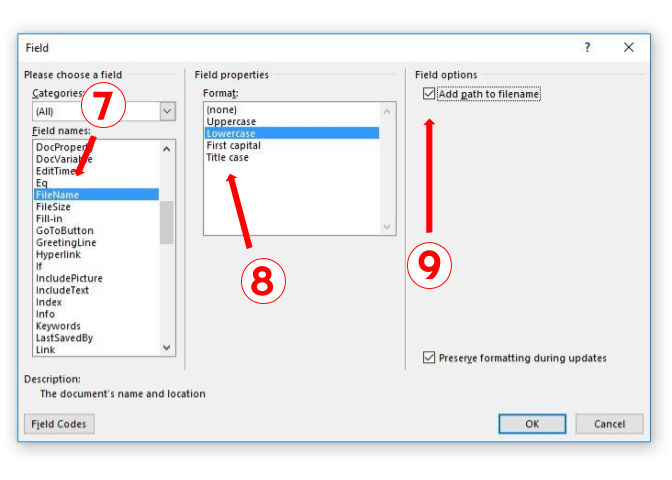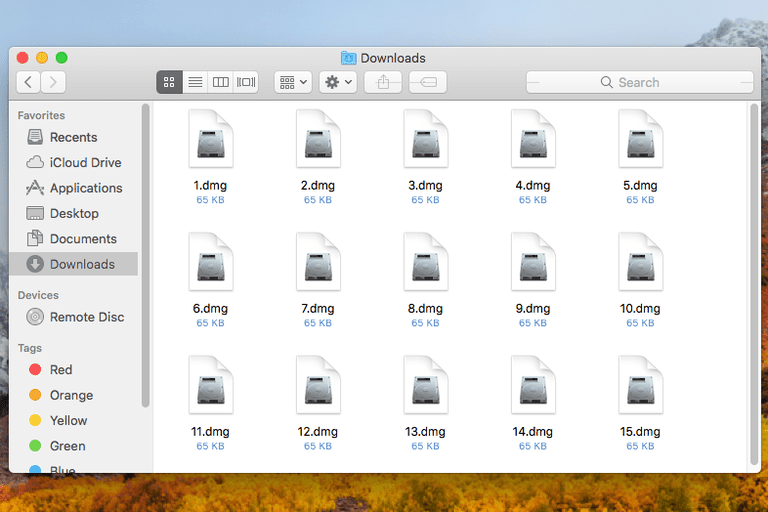Files with file extension are usually just a generic files, or files without file extension. These can be used by various apps and operating systems.
- Dec 11, 2018 A text (TXT) file contains unformatted text with the file extension.txt (e.g., macreports.txt). By unformatted, it is meant that these type of text files are plain text files without any styling and formatting, for instance, these documents do not have bold texts, italic texts, images, colors, different font types, hyperlinks, tables, bulleted lists etc.
- The pages file extension is mainly used for the proprietary document format of Apple Pages. Apple Pages is a word processor and page layout application developed by Apple and was a part of the iWork productivity suite. Currently it is available as a free standalone application on App store for all Mac users.
There are 3 other file types using
the FILE file extension!
Summary: Here’s an app that will let you read an Apple Pages document on an Android phone. One of the drawbacks of operating across ecosystems is the incompatibility of files. In my previous trial of a Google Pixel phone I wrote about was not being able to read Apple.pages files that were emailed to me on my Pixel phone.
.file - AS/400 physical data
.file - macOS (OS X) data
.file - Spotify cache
Software that open file file
Bookmark & share this page with others:

FILE file extension- Generic data
What is file file? How to open file files?
File extension file means generic file, or file without file extension.
Generic files, or files without file extension is related to various operating systems, like Microsoft Windows, Mac OS X (macOS), Linux etc. as well as apps.
Generic files often stored data used for internal purposes of system, or app. However, you can try to open it by drag and drop to app that you think is able to open file. Also you can use File → Open option in app.
Updated: June 2, 2020
The default software associated to open file file:
Company or developer:
Microsoft Corporation
A family of operating systems developed by the Microsoft Corp. The first Windows was released in 1985 as a GUI add-on to MS-DOS. MS-DOS based Windows versions were developed to 2000, when was released the last version called Windows ME. Windows based on NT core started in 1993. Windows NT family are developed to these days, the latest version is called Windows 10.
Company or developer:
Apple, Inc.
macOS is Unix-based desktop operating system, a successor of Mac OS X system for MacBook-family, iMac, Mac Mini and Mac Pro computers, developed and sold by Apple, Inc.
Company or developer:
Various Linux developers
Linux is family of Unix-based operating systems. Linux kernel supports variety of devices such as desktop computers, smart phones, tablet computers, routers, video game consoles etc. Linux is also leading operating system for servers. Linux is available for free in many distributions on the Internet.
Popular distributions for desktops are Ubuntu, Fedora, openSUSE, Debian. For servers are variants of Red Hat, Xandros, Slackware, Debian, SUSE etc.
Operating system for smart phones called Android is also based on Linux. Nokia developed Linux based operating systems for smart phones called MeeGo and Maemo.
Company or developer:
The Open Group
A multi-tasking operating system for various platforms, the first version of UNIX was released in 1969. It is developed by AT&T as well as various commercial vendors, universities and non-profit organizations. Traditional Original Unix systems have characteristics of Version 7 Unix or UNIX System V. Unix Specification have Mac OS X, Mac OS X Server, Solaris, AIX, HP/UX, z/OS etc. Other systems, such as Linux and BSD are called Unix-like or Unix system-like.
Help how to open:
Use compatible app to open *.file files.
How to convert:
Compatible apps may be able to export *.file to other formats.
List of recommended software applications associated to the .file file extension
Recommended software programs are sorted by OS platform (Windows, macOS, Linux, iOS, Android etc.)
and possible program actions that can be done with the file: like open file file, edit file file, convert file file, view file file, play file file etc. (if exist software for corresponding action in File-Extensions.org's database).
Unspecified and all other actions for computer programs working with file file - Generic data
Click on the software link(s) for more information. Suggested software applications use file file type for internal purposes and/or also by different way than common edit or open file file actions.
Microsoft Windows:
Apple macOS / Mac OS X:
Main software associated with file file by default:
macOS
Other suggested software:
Mac OS X
Linux/Unix:
Main software associated with file file by default:
Linux operating systems
Unix
Other suggested software:
FreeBSD
NetBSD
Apple iOS (iPhone, iPad, iPod Touch devices):
Google Android:
If you aren’t familiar with Apple products, it can be difficult to fully understand what you’re looking at when you see an unusual file extension. One of these unusual files might end with the .pages extension. When you see a file with a .pages extension, that means the file is formatted to be edited by the Apple Pages app, one of three apps originally developed for the iWork software package. Pages is the Apple version of a word processor, much like Microsoft Word. One of the most useful characteristics of the app is that it’s designed for use on the entire suite of Apple mobile devices as well as their line of personal computers.
History
The Pages app has gone through many iterations before arriving at the state-of-the-art piece of software we are familiar with. It was originally released to the public in February of 2005, and since then it has undergone four major updates and nearly thirty minor adjustments. The current version, Pages 5, was initially released in October of 2013, and at that time it was made free on all current iOS devices. There have been a few small updates to version 5, primarily to address compatibility issues with OS X El Capitan.
How To Use Pages
Mac Apps With File Extension Pages Phone
Just a few years ago, Apple released an updated version of the iWork productivity suite and made it free on all iOS devices. Anyone with an iPhone or iPad can now download a free version of Pages on their device, and it delivers the same level of functionality as the computer based app. In fact, if you have a Mac, you can migrate files back and forth between your mobile device and your desktop or laptop using iCloud. This level of convenience gives Pages users access to their files wherever they are, and gives them the ability to work on those files in the most effective way possible. When you’re ready to use the app or open a .pages file, all you must do is select the app icon on your mobile device, or double click the file or app icon on your computer.
The Pages app is available in three different format. They are:
- Pages for iOS (iPhone and iPad) – Download. Pages for iOS has been designed for the iPad, iPhone, and iPod touch.
- Pages for Mac – Download
- Pages for iCloud -visit icloud.com. Everyone can use this. You need to have an Apple ID. If not, you can create one easily.
File Extensions For Mac
Features of Pages
The basic features includes (but not limited to):
- Word processing and built-in templates
- Powerful formatting and designing tools
- Compatible with Microsoft Word
- Accessibility features
- Sharing and collaboration
- iCloud integration
The first time you open the Pages app you’ll be presented with a list of possible templates for you to use, or you can choose a blank document. There are about 60 templates in Pages that are specific to the app that include:
- Report
- Resume
- Letter
- Basic
- Envelope
- And Many More
There are even newsletter templates with placeholder text to show you how they look when filled. This list only represents a small portion of the template genres, and the variety is such that no two documents will ever have to be the same.

Pages includes a number of editing and formatting features that make it simple to use. The most common functions are placed at the top of each document window for convenience, and a formatting bar allows for quick changes to the layout of the document. The user can control text size, color, and font, adjust the dimensions of the document, or add and edit tabs. The user can quickly adjust view mode and zoom with the conspicuously placed drop down menus near the top left of each window, and any document can be shared instantly with the conveniently located Share button. If the user adds an image to the document, the format bar shows options for changing opacity, adding reflections or shadows, and creating layer masks. If you choose, a separate window called the Inspector can be selected that holds nearly all possible formatting options in one convenient location.
Pages Editing
An included Media Browser allows the user to quickly look through Aperture, Photos, iMovie, or iTunes for additional media. When combined with the page layout mode, which is ideal for showing objects over text, this gives the user the ultimate tool for creating documents filled with expertly placed images. Standard word processing mode is better for dealing with text, and it provides several key features that make it easy to use, like side notes, collaborative changes, and change tracking. If a table or graph is inserted from Numbers, Apple’s spreadsheet app, it will update in the Pages file when the original Numbers file is edited.

Pages includes one additional mode call ‘Full Screen’, which removes everything from the screen except the document the user is currently editing. It even removes the excess toolbars, giving the user nothing on which to focus but the document itself.
Pages Editting
Compatibility
Mac Apps With File Extension Pages Free
Pages can be used with any .pages files, and it can function with some recent Microsoft Word document filetypes. Documents created in Pages can be exported to PDF, Microsoft Word, EPUB, or Pages formats. No apps exist that can open, edit, or view Pages files in either Linux or Windows, so Pages files can only be viewed or edited with Apple iOS devices or Mac computers.
The Pages app itself is compatible with the most recent version of iOS and OS X. Older versions of the Pages app may no longer be compatible with the newest software, but upgrading to the updated software is free. If you have filetypes from the older versions of Pages, you may be able to import them to the newest version by extracting the data from the older files.
Hardware and Software Requirements
Mac Apps With File Extension Pages Download
In order to use version 5 of Pages, which is the most recent version, you must have a Mac computer with Mac OS X 10.9 Mavericks or later. When you install the iWork suite, which includes Pages, the system will not overwrite older versions of iWork. Pages for iOS is available free of charge for all those who activated their Apple mobile device on or after September 1, 2013. You mobile device must have iOS 9 to take advantage of the word processing power of Pages.